Overview of Property Valuation Methods
Property valuation is a critical process for various stakeholders, including investors, homeowners, and financial institutions. Property valuers Sydney use several established methods to determine the market value of a property. This article explores the three primary valuation methods: sales comparison, cost, and income approaches.
Sales Comparison Approach: The Market’s Perspective
What is the Sales Comparison Approach?
The sales comparison approach is a widely used valuation method in the real estate industry. This approach determines a property’s value by comparing it with similar properties that have recently been sold in the same area.
Key Factors in Sales Comparison
- Location and Size: Comparable properties should be in the same area and of similar size.
- Property Features: The number of bedrooms, bathrooms, and other amenities.
- Sale Date: Recent sales are more indicative of the current market conditions.
- Market Trends: Understanding whether the market is rising, stable, or declining.
Benefits and Limitations
- Advantages: Reflects current market conditions and is straightforward to understand.
- Limitations: Finding truly comparable properties can be challenging, and it might not account for unique property features.
Cost Approach: Valuing the Property Components
Understanding the Cost Approach
The cost approach to property valuation involves calculating the cost to replace or reproduce the property. This method is especially relevant for new constructions or unique properties.
Components of the Cost Approach
- Land Value: The value of the property’s land in its current state.
- Construction Costs: The cost of constructing a similar property at current prices.
- Depreciation: Deducting the depreciation due to wear and tear, age, or obsolescence.
Strengths and Weaknesses
- Strengths: Effective for new properties and special-use buildings.
- Weaknesses: Estimating depreciation can be subjective, and construction costs vary over time.
Income Approach: A Focus on Earnings Potential
Basis of the Income Approach
The income approach is primarily used for investment properties. This method values a property based on the income it generates or could potentially generate.
Calculating Property Value with the Income Approach
- Net Operating Income (NOI): Total income from the property minus operating expenses.
- Capitalization Rate (Cap Rate): The rate of return expected on the investment.
Pros and Cons
- Pros: Ideal for rental properties and commercial real estate.
- Cons: Relies on accurate income and expense data, and determining the appropriate cap rate can be complex.
Valuation Methods: A Comparative Summary
- Sales Comparison Approach: Best for residential properties in active markets.
- Cost Approach: Suitable for new constructions and unique properties.
- Income Approach: Preferred for income-producing properties like rentals or commercial spaces.
Final Thoughts on Property Valuation Methods
Understanding these valuation methods is crucial for making informed decisions in the real estate market. Each approach has its unique advantages and limitations, making them suitable for different types of properties and market conditions. By leveraging these methods, property valuers in Australia provide accurate and reliable property valuations.
Remember, the choice of method depends on the property type, the purpose of the valuation, and market dynamics. Therefore, engaging a professional property valuer who can select and apply the appropriate method is essential for accurate property valuation.



